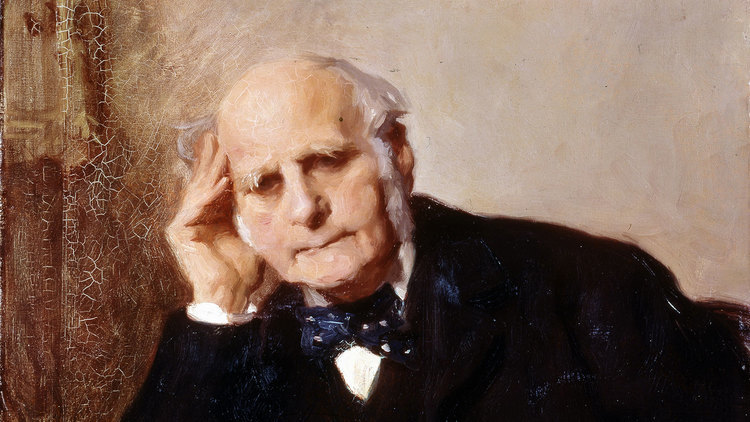


By Steve Sailer
10/10/2013
A reader writes:
As a Galton enthusiast you might find these photos interesting. They show one of the entrances to the Social Sciences Research Building, completed in 1929 and part of the neogothic UChicago quad ("the city gray").
With an implied parity, twin reliefs of Francis Galton and Franz Boas stare at each other above the doorway. They look like a couple of logos from the Sunday night ESPN coverage of that storied rivalry, nature vs. nurture. They remind me, every time I walk beneath them, that it was not too long ago that a scholar could respectably have an interest in heredity as well as culture.
Stephen M. Stigler is the foremost spokesman for the importance of Galton in the development of statistics.
Galton and Boas seem like a good balance. The intellectual climate in 1929 was well-modulated: the hereditarians were respected, but the environmentalists had landed some solid punches on the Darwinians' worst ideas. Both sides were upping their games due to this competition.
According to historian Carl Degler’s In Search of Human Nature: The Decline and Revival of Darwinism in American Social Thought, the tipping point into dogmatic blank slate extremism was the Stock Market Crash of October 1929 (not the coming to power in 1933 of the Nazis, as history was later rewritten). The sudden inability of businessmen to donate magnificent new buildings for intellectuals to work in led to an Agonizing Reappraisal of human nature: Hey, maybe those Bolshies are on to something!
It was a little bit more complicated than that, but never underestimate the intellectual appeal of piles of money and the revulsion that the disappearance of the big bucks generates in the brainy.